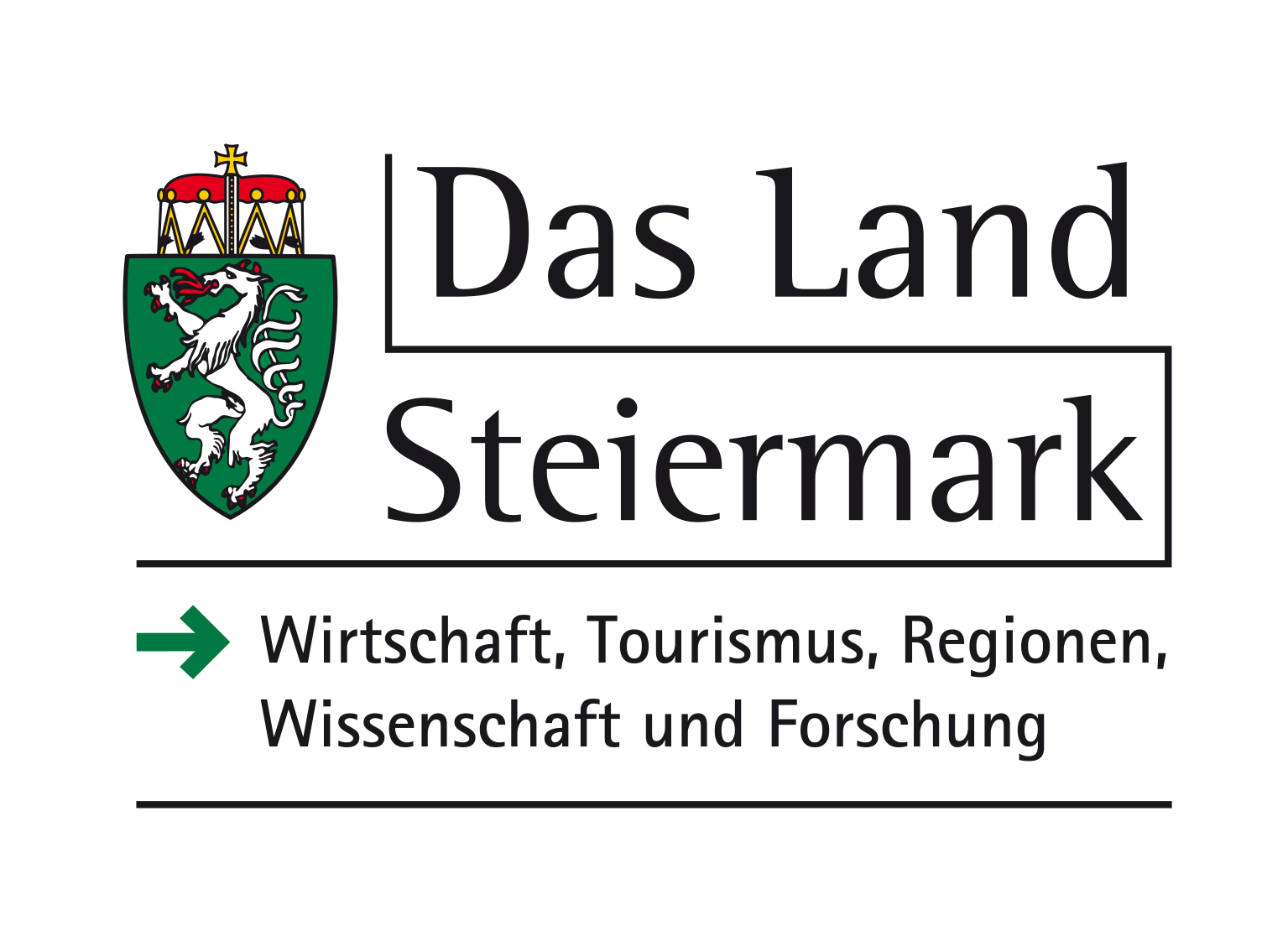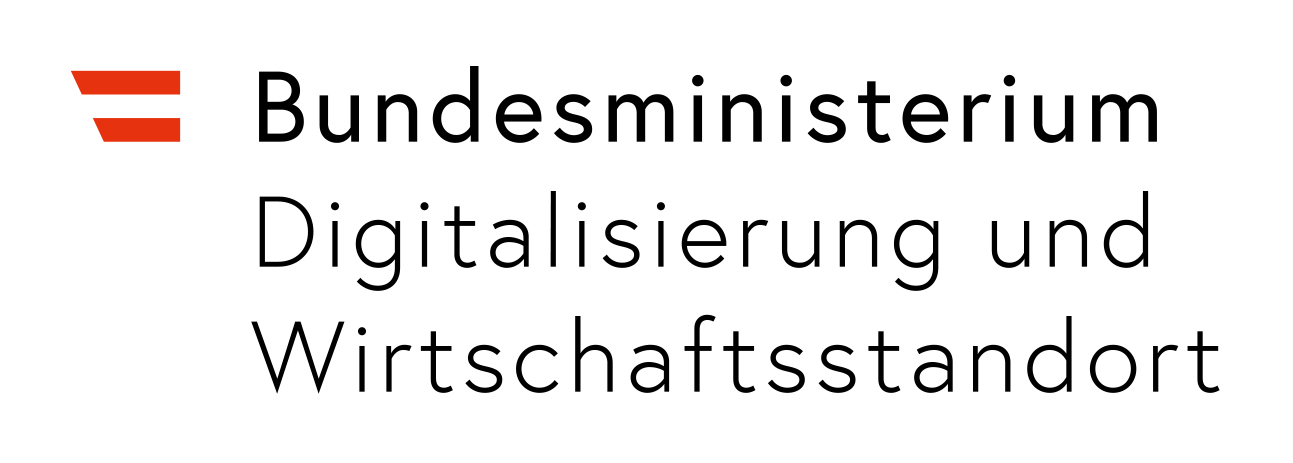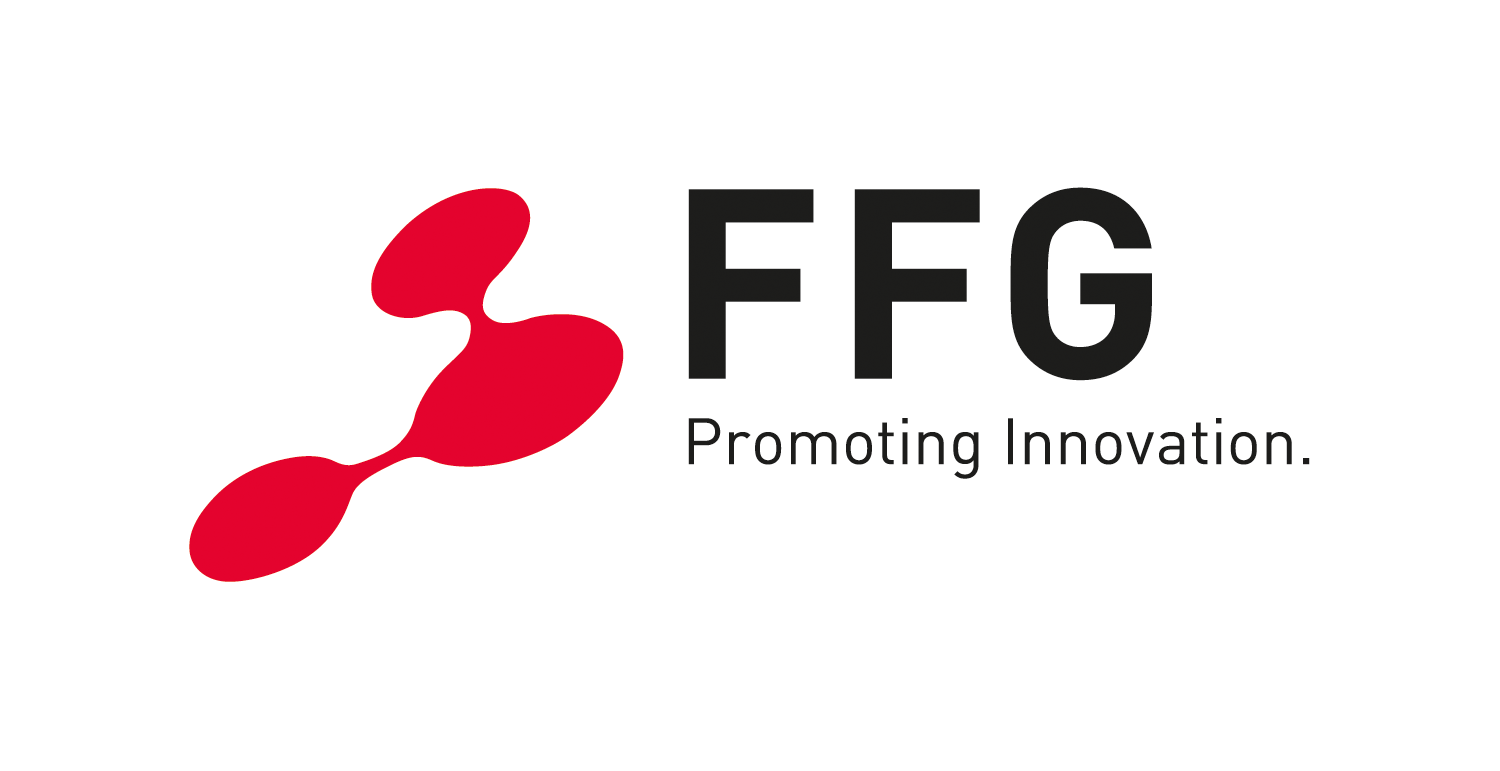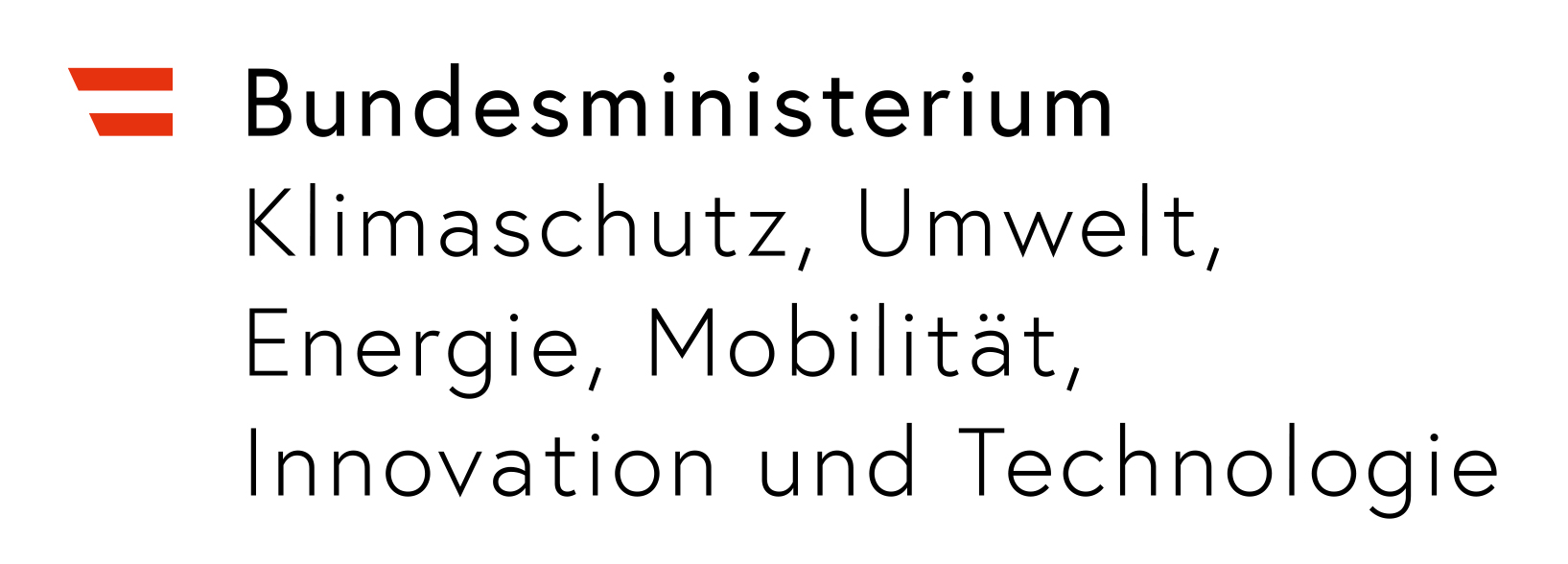HyStore - Hydrogen Storage
Safe and efficient hydrogen storage is needed to enable the transition to green, renewable hydrogen on a large scale

Currently, hydrogen is mostly stored as compressed gas under high pressure (350/700 bar) or liquefied. While compressed storage has a relatively low energy storage density, liquefied gas storage leads to increased energy input for liquefaction, high storage losses due to evaporation and high investment costs.
HyStore focuses on alternative hydrogen storage technologies such as
- metal hydrides
- the storage of hydrogen in the natural gas grid
- eFuels
in order to overcome these challenges.
Metal Hydrides
Hydrogen can be absorbed into metals in contact with different metallic materials under certain conditions. So-called metal hydrides are formed by the incorporation of hydrogen into the metal lattice. This is an exothermic chemical reaction in which heat is generated. By adding heat, the hydrogen can be removed from the metal hydride again by means of desorption through the reverse reaction. The main advantage of metal hydrides is their high volumetric storage energy density. In addition, metal hydrides offer increased hydrogen safety because the hydrogen is chemically bound in the metal lattice at low pressure.

Although metal hydrides offer several advantages, there are still a number of hurdles to overcome before widespread market introduction. Factors such as production costs, ease of activation, number of cycles sensitivity to impurities, carbon footprint, recycling and availability of raw materials need to be considered when selecting suitable materials. In addition, efficient thermal management is required for the rapid absorption/desorption kinetics for the storage and withdrawal of the hydrogen.
H2 Storage by hydrogen blending into the naturalgas grid
An attractive option for large-scale storage and transport over longer distances is the refurbischment of existing natural gas pipelines to a higher hydrogen content. Currently, a hydrogen content of 10 volume percent is allowed in the Austrian gas grid. A detailed analysis of the impact of higher H2 shares in the existing natural gas grid is necessary. This involves issues such as material compatibility against hydrogen as well as thermodynamic and fluid dynamic aspects with regard to transportable energy quantities and pressure losses. In addition, the mixing behaviour in the case of direct feed-in of hydrogen as well as purification methods in the case of feed-out are being investigated.
E-Fuels
E-fuels are synthetic fuels produced from renewable hydrogen and carbon monoxide/carbon dioxide. They are characterised by high volumetric energy densities. Furthermore, the existing infrastructure for transport and utilisation (e.g. combustion engine) can be used to a large extent. The disadvantage, however, is the relatively high energy losses in the process chain from the primary energy source via e-fuel production to the end application. In this project, the focus is on the process chain consisting of a SOEC and a Fischer-Tropsch reactor and the associated system optimisation and techno-economic analysis.
The HyStore project aims to answer the following key research questions:
- Investigation and evaluation of different metal hydride materials for stationary applications
- Identification of potentials and technical limits for feeding higher hydrogen concentrations into the natural gas grid
- Investigation of purification methods for hydrogen injection and proof-of-concept for electrochemical purification
- Techno-economic analysis and feasibility study of the eFuel production chain, consisting of a SOEC and a Fischer-Tropsch reactor
- Feasibility of using eFuel in MW-scale internal combustion engines
|
Short Facts: |
|
|
Duration |
04/2021 – 03/2024 |
|
Area |
Energy & Industry |
|
Project Lead + Contact |
HyCentA Research GmbH |
|
Partner |
AVL List GmbH, BEST Research GmbH, |






